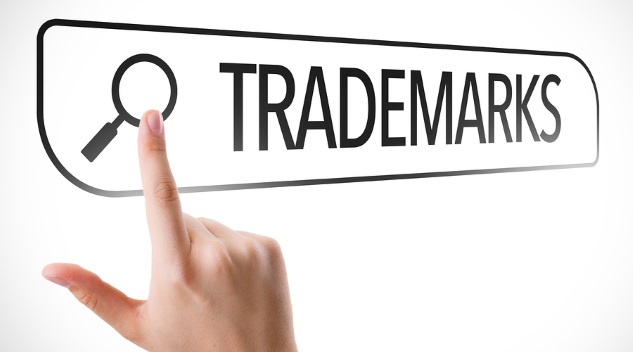While many businesses more or less have access to the same tech, and to the same talent pool, the one thing which continues to set one business apart from the other is its intellectual property (IP).
The easiest way for a business to protect its IP – both nationally and internationally – is through trademarks. A registered trademark will help prevent others from using this key piece of a business’s IP, or variations thereof.
We suggest that as a minimum, businesses ensure they have trademarked their business name, logo and tagline. This can sometimes be done in one application, rather than incurring three separate application costs. In other cases, aspects of packaging, key phrases or shapes and other means of making your business stand out can, and should, be protected by trademark.
A registered trademark allows the owner of a company name, tagline, logo, aspects of packaging or any other unique identifier of a business to keep it unique by prohibiting another company from using them. In the event that a competitor ignores the registration and passes off your brand as their own, then a more solid legal footing is assured through a registered trademark.
In Australia, a trademark only needs to be renewed every ten years to remain active, which given the costs of an initial application represents exceptional value. Once a trademark is registered after every ten years the owner does not have to apply again and need only pay a renewal fee.
Having a competitor use your IP such as a similar logo or tagline is a very real risk with the Australian Intellectual Property Report 2019, produced by IP Australia, showing businesses are finding it increasingly difficult to have their trademark approved with the number of applications rising every year, and the available IP decreasing accordingly.
With an ever-increasing pool over registered marks, it is becoming harder to register IP with IP Australia as any mark which is similar to another will often be rejected at first instance by IP Australia. The costs of overcoming the initial rejection can be significant with no guarantee of registration.
In 2018, IP Australian received 79,740 trademark applications, an increase of 4 per cent from the previous year which suggests more businesses understand the business case for registering their IP.
“The latest statistics reveal that all IP rights applications continued to grow year-on-year, reflecting the contribution the IP system has had to Australia’s economic growth over the past 26 consecutive years,” IP Australia said in a statement.
It is especially important for a new business to invest in trademarking their IP as soon as possible, not only to protect it from future copies by competitors, but also to ensure they are not wasting money and time on branding which may be in breach of an already registered mark.
For existing businesses which have not trademarked their IP, there remains a risk that a new entrant to the sector – and a potential competitor – is able to take your IP and register it as their own.
Though you may be able to overcome such a registration, the costs of proving prior use can be significant in comparison to registering a mark at the outset with no guarantee of success.
The best way to avoid having company IP misappropriated by a potential competitor is to register the trademark from the outset or, for established businesses, as soon as possible
Ben Ryan, Lawyer, Hillhouse Legal Partners











